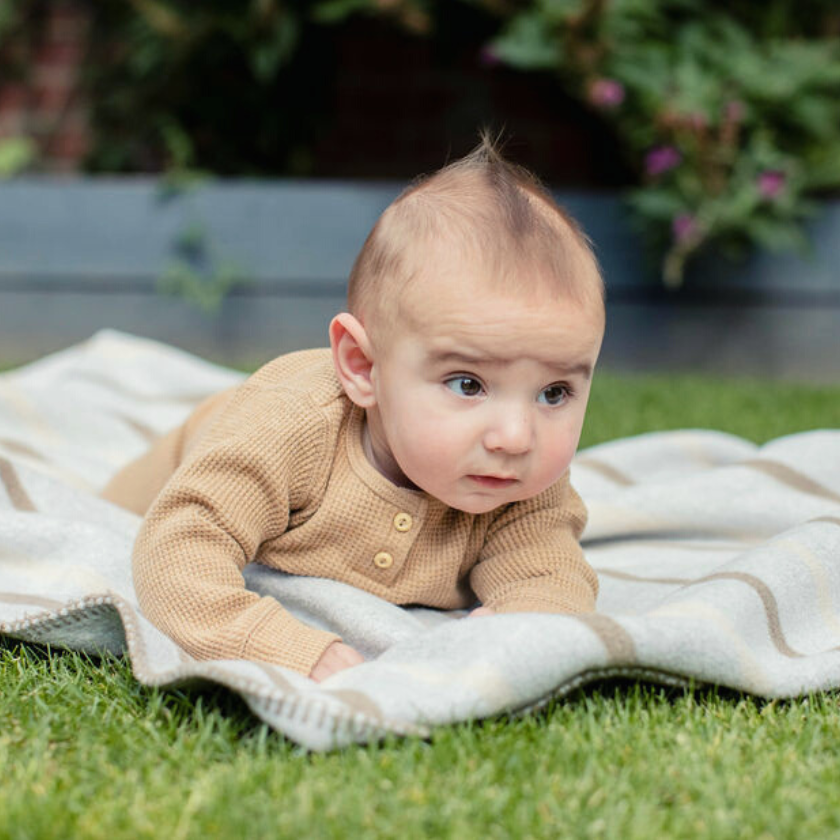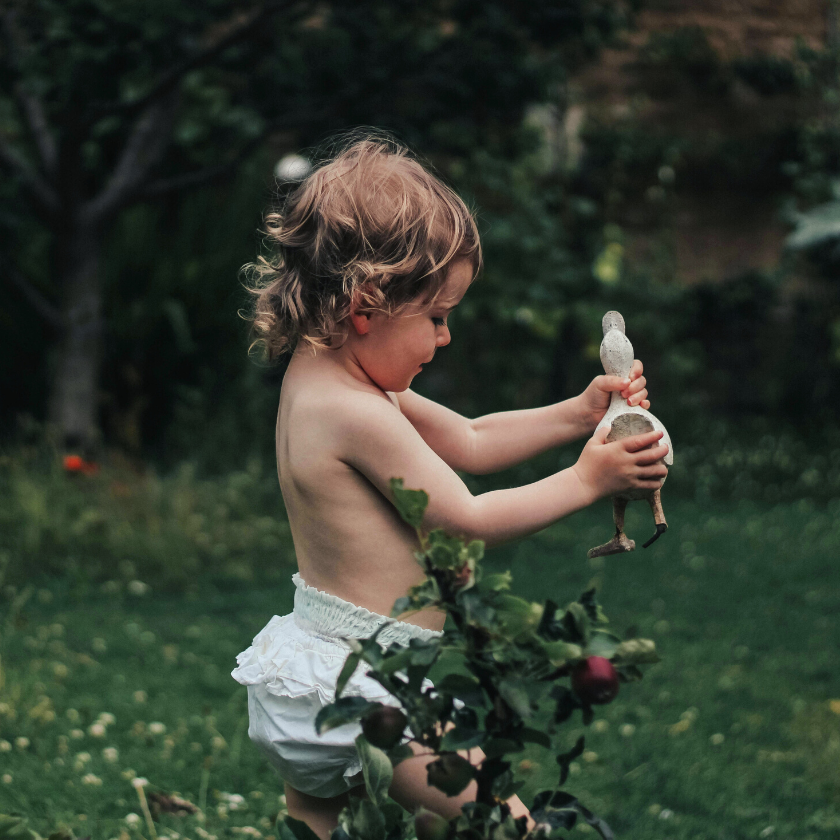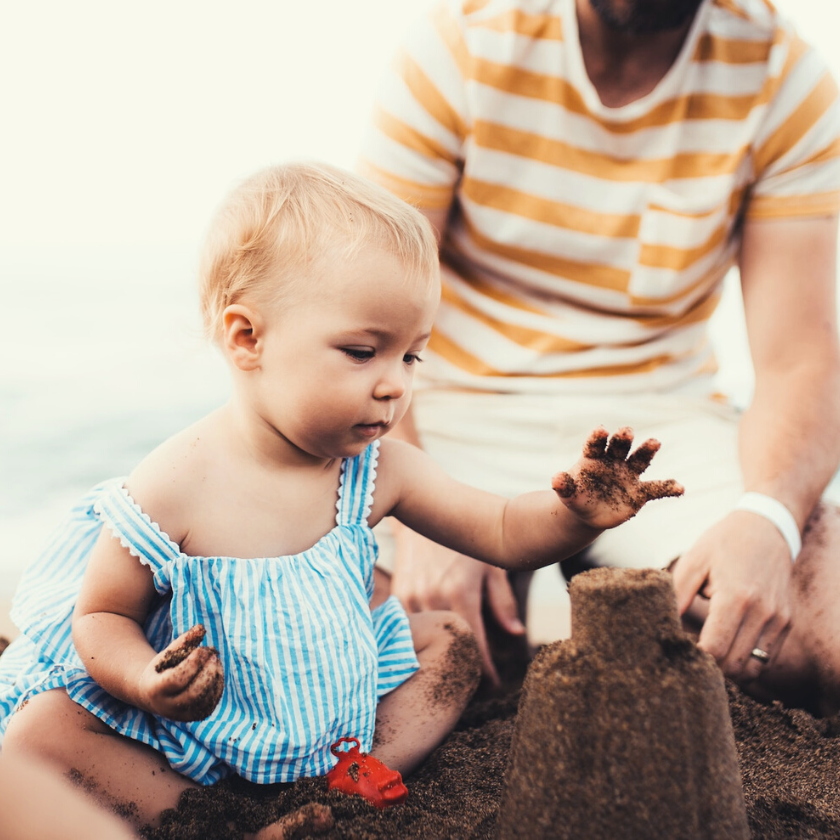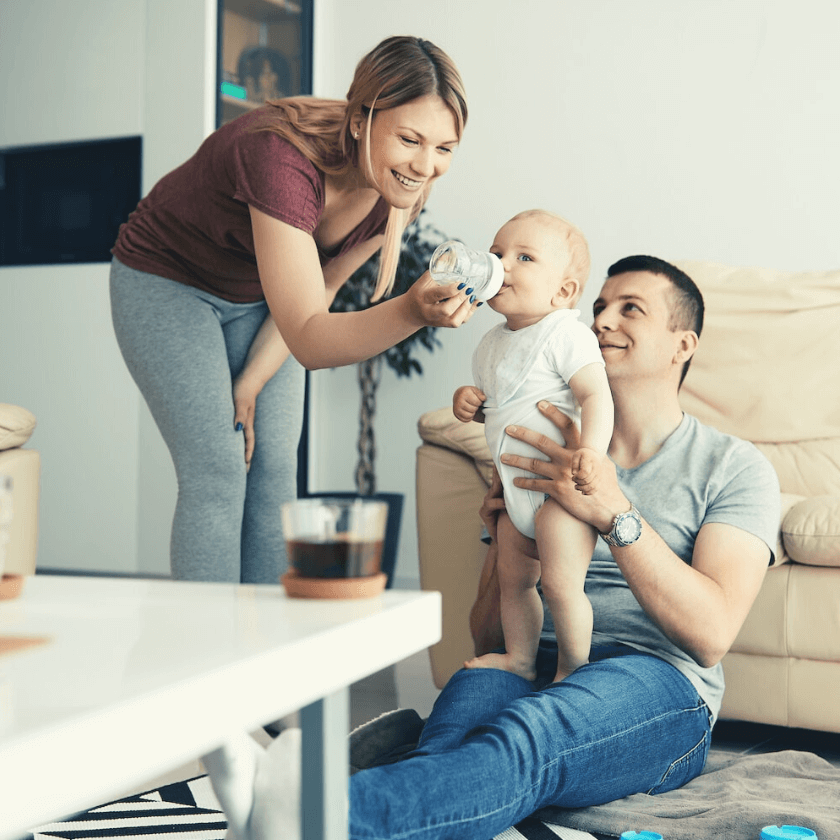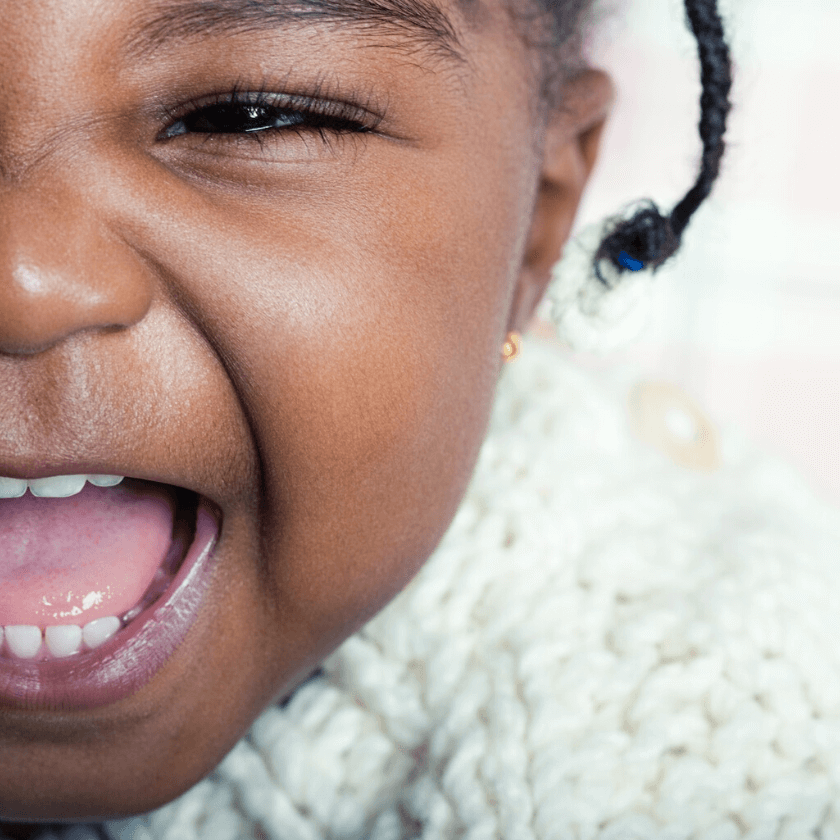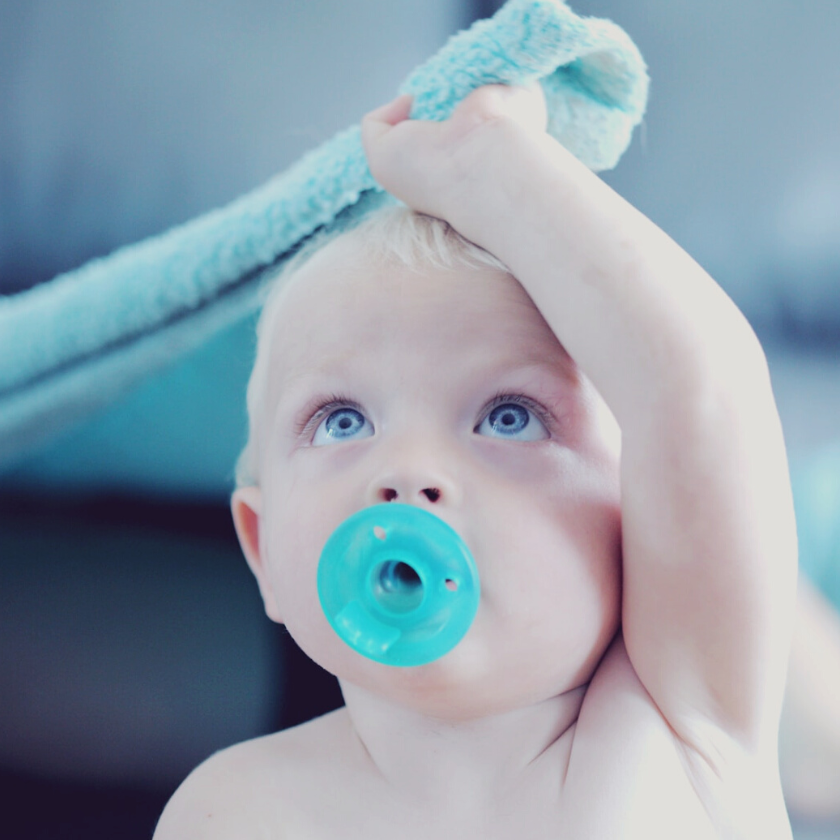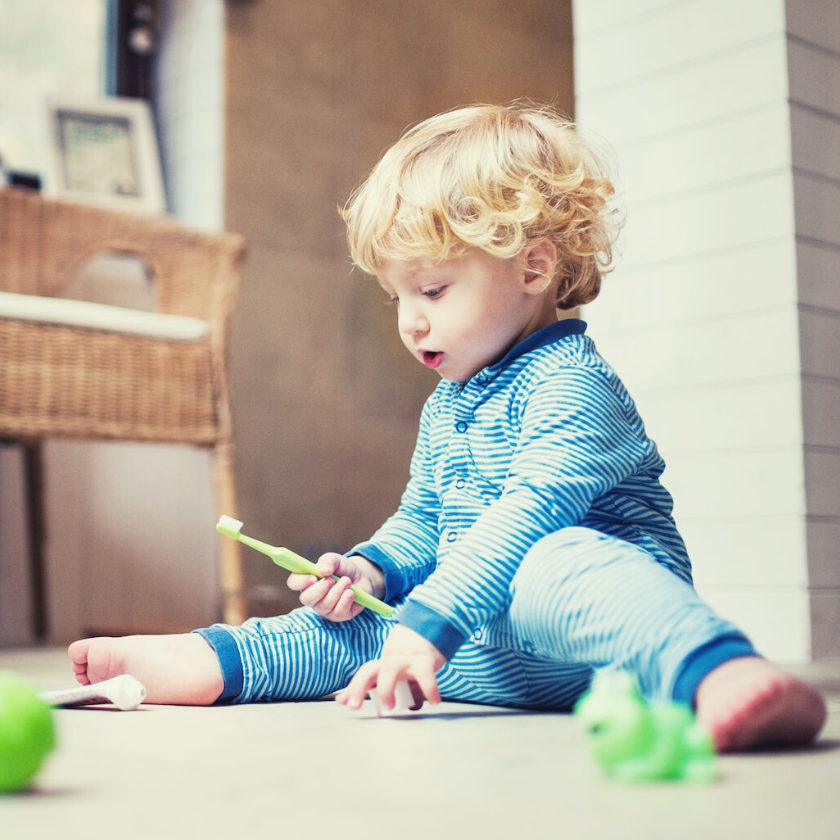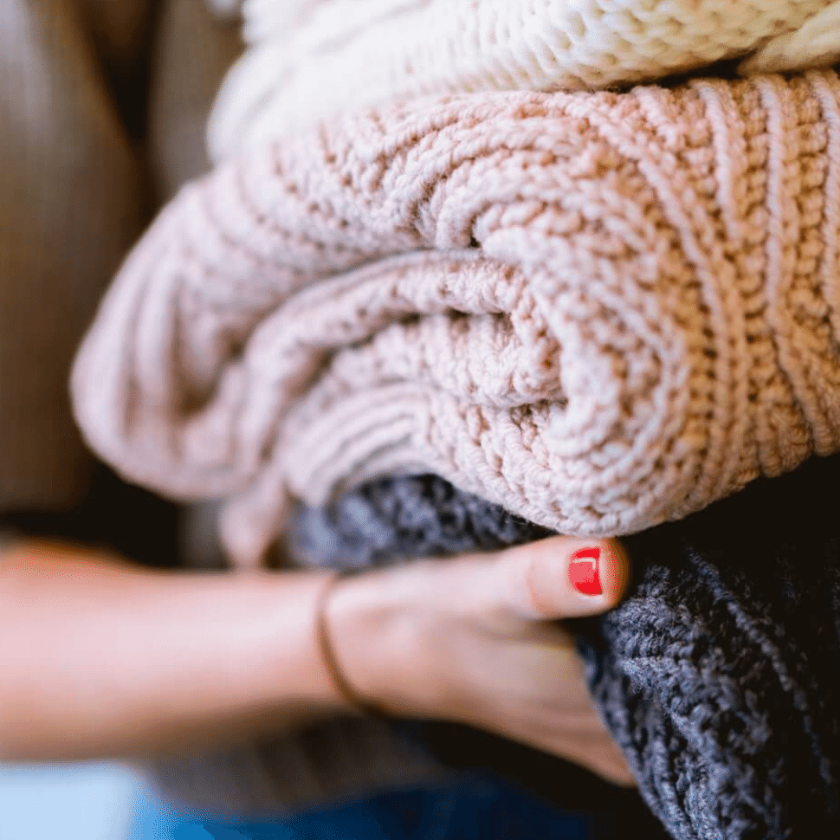Wellbeing
4 MINS
Your guide to
brushing baby teeth
Baby teeth aren’t as strong as adult teeth, which means they can decay more easily. The good news is that decay is preventable so with regular brushing and a good diet your little one can have gnashers to be proud of.
As part of our Baby Teeth blog series we’ll give you the key facts you need, along with some top tips, to take good care of your baby’s teeth.
When & how often
Baby teeth need to be brushed as soon as they start to appear through the gum.
Twice a day... but why we hear you say? Tooth decay is caused by the bacteria that live naturally in our mouths. These bugs love to set up home and multiply on any bit of tooth they can find. Once they’ve done this we can feel a white, sticky plaque on our teeth (when teeth are clean they feel shiny and smooth).
This is why brushing is so important, even for little ones. It removes the sticky white goo and stops the bugs that cause decay from getting a foothold. Brushing teeth twice a day (once at night and whenever else works for you) will keep these bugs at bay.
How to brush baby teeth?
The short answer is whatever way works, but in truth brushing can be a struggle. Often little ones will push the brush away when you approach them and it becomes a bit of a battle. Don’t lose heart, here's one way to try
- Put a smear of toothpaste on the brush and get it ready on your bedside table.
- Sit on a bed with your child in front of you, facing away from you.
- Tip your child back onto your lap so that their head rests on the top of your thighs. Now when you look down you are looking straight into their face and can reassure them.
- Use one hand on their chin to, gently but firmly, open their mouth.
- Hold their mouth open with your thumb inside their bottom teeth and your first finger holding the lower lip out of the way.
- With your free hand hold the toothbrush and brush the teeth.
- Make sure that you brush all around the inside and outside of the teeth, top and bottom and get right to the back.
- Bring your little one back up to a sitting position. They can spit out into a cup or bowl if they need (it’s better not to rinse away the toothpaste)
- That’s it!
You’re done!
Things to remember
With practice, you will get better at moving the cheeks and lips out of the way with your free fingers (on both hands).
The lips and gums are really flexible so don’t worry about moving them out of the way. Dentists do this all the time and it doesn’t hurt (remember gentle and firm pressure is the key).
It’s better if you don’t rinse away the toothpaste so that it can stick around and strengthen the teeth.
Children need help with brushing their teeth until they are 7 years old.
Keeping your baby's teeth healthy
You're off to a flying start with brushing, now what else can you do to keep those teeth healthy.
Start introducing a free flowing cup from 6 months old
Aim to remove a baby bottle from around one year old
Keep sugary food and drinks to a minimum and offer only with meals
Avoid sugar between meals and last thing at night
Plan your first visit to the dentist (read our Your Baby & the Dentist blog).
Want to know more about dental health for your baby?
Baby teeth might not be around forever but they do a great job in supporting your baby to grow and develop healthily. That's why we've created a series of blogs around National Smile Month all about dental health for little ones.
You might like...
Need a good read while you feed?
Stay in the loop on all things Nannycare with our newsletter
